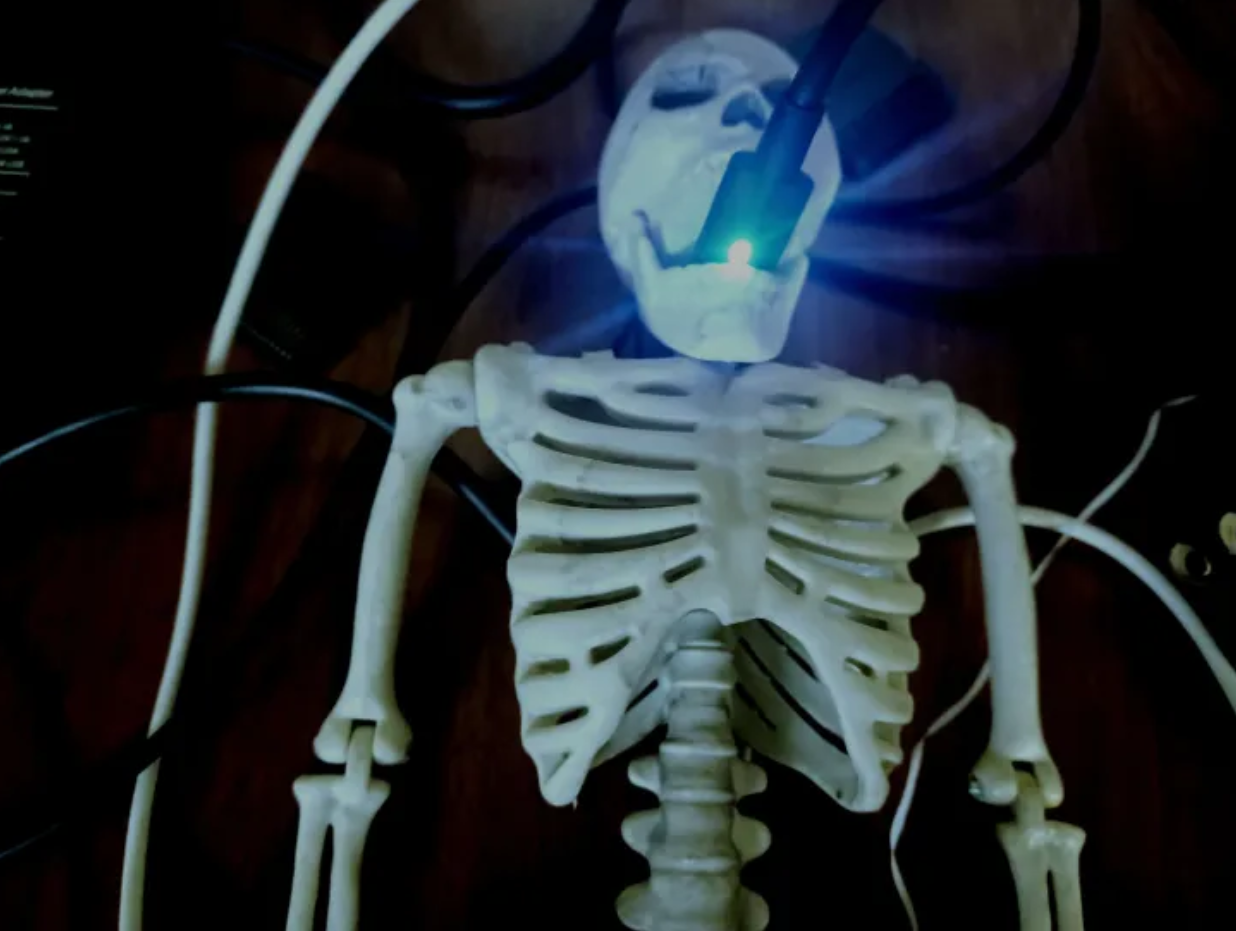According to a Jan. 29 tweet from Neuralink CEO Elon Musk, the neurotech company has begun human trials of its brain-computer interface (BCI) implants. BCIs collect and decode signals from the brain and transmit these signals to another device. One primary objective of this technology is to provide better aid for people with mobility impairments, which is only the beginning of its potential medical use. Neuro technologists and medical professionals have been working on BCIs for more than 50 years, and this is not the first time the interface has been used on humans.
However, Neuralink’s BCI stands out not only for the company’s eccentric billionaire head executive, but also because it is the first BCI that targets individual neurons using a fully wireless implant in the brain. This key feature places Neuralink’s bandwidth far ahead of similar products. Trials of the chip will help researchers understand whether this kind of invasive treatment is both possible and necessary to achieve the best results in humans, but it doesn’t come without questions and concerns.
Though it has been approved by the US Food and Drug Administration (FDA), Neuralink’s chip had previously been rejected and remains unlisted on ClinicalTrials.org, another reputable source for US clinical trials. The procedure is highly invasive, for results that are not certain to be sustainable or more effective than products and procedures offered by Neuralink’s competitors. Neuralink and Musk have provided little clarity on the details of the trials so far, highlighting another worry among professionals and consumers who are eager for information about this potentially life-saving technology. Information currently available to the public includes the study’s brochure and Neuralink’s website. More about this story here.

